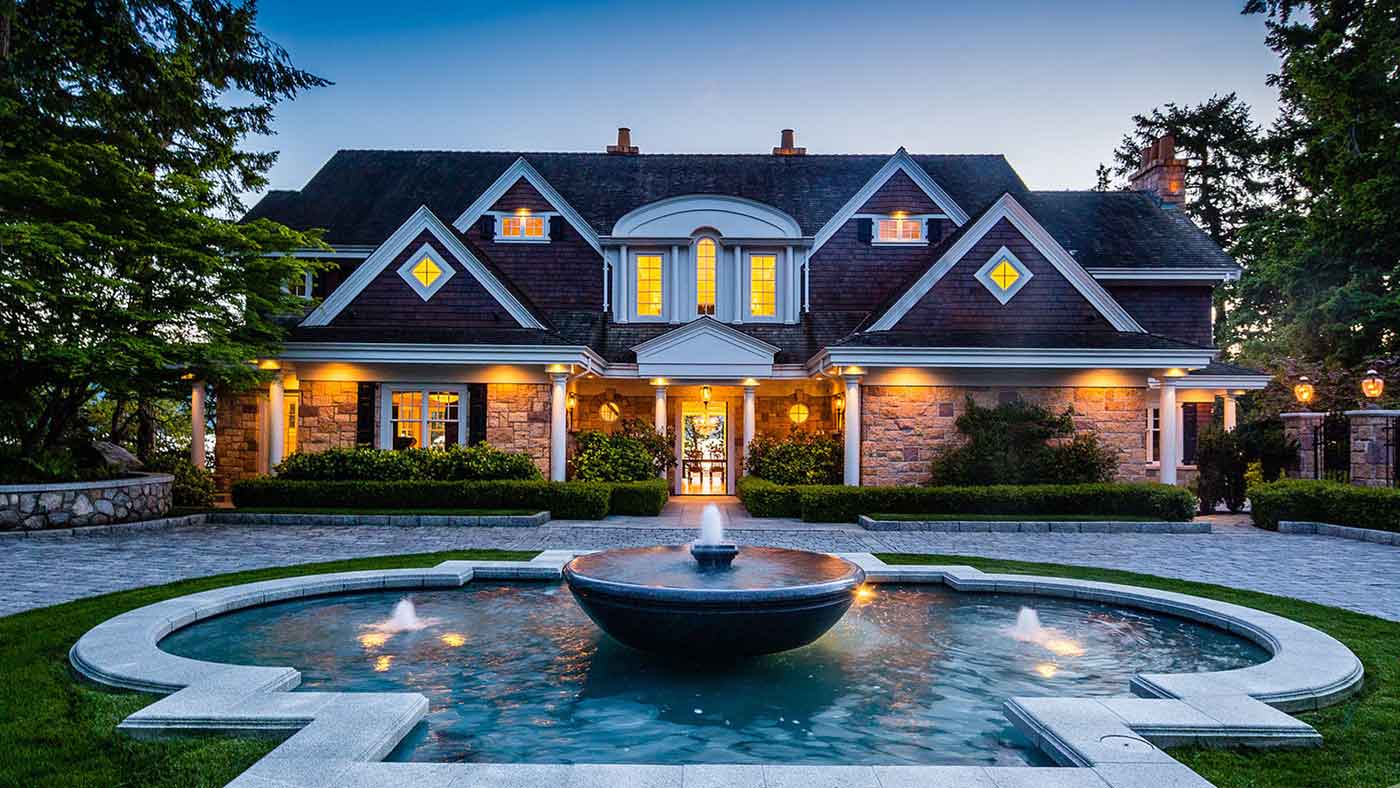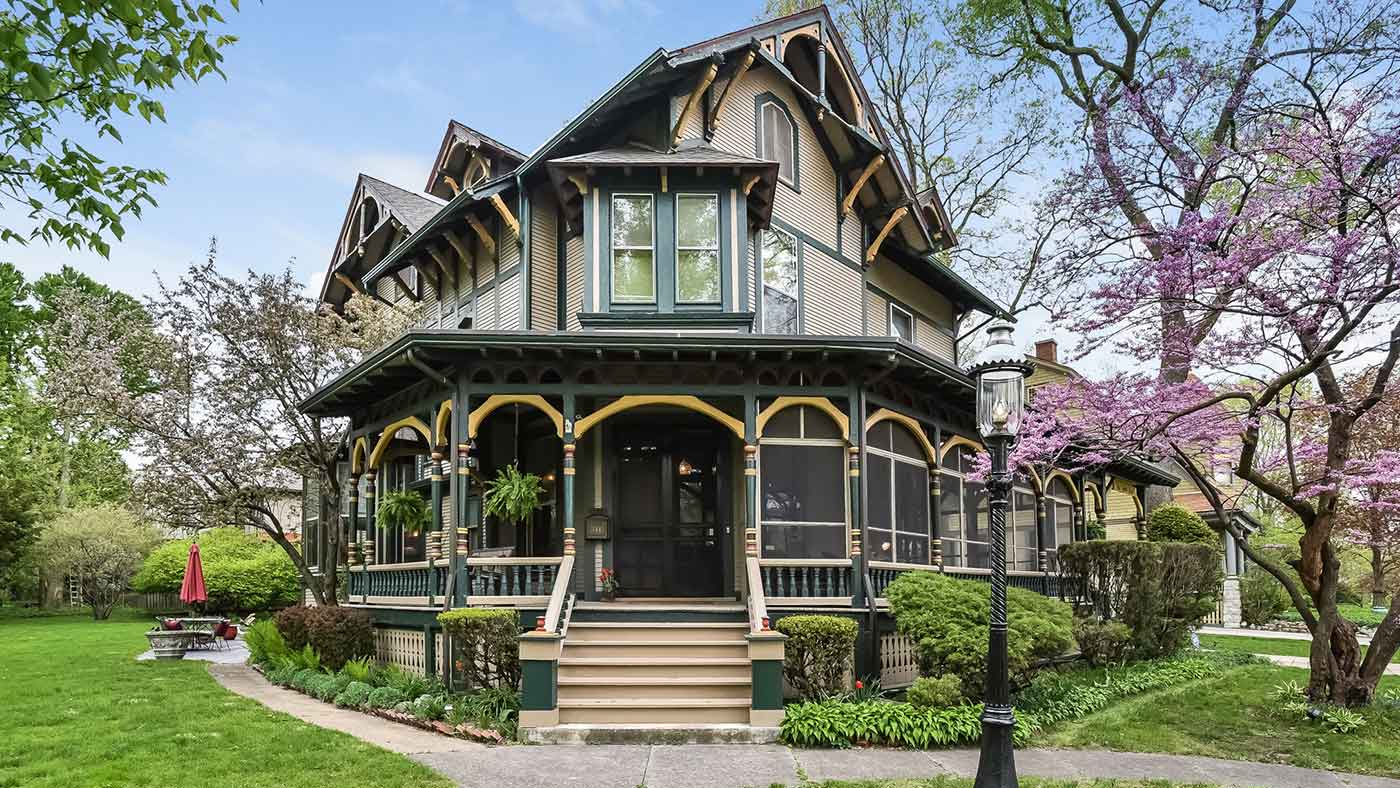The reigning years of Queen Victoria (1837-1901) coincided with the birth of industrialization. Obviously, the old world charm was set to combine with the then-new world technologies owing to industrialization, to emerge as ideas that would brighten up the English homes while ensuring the structural magnificence.
The reigning years of Queen Victoria (1837-1901) coincided with the birth of industrialization. Obviously, the old world charm was set to combine with the then-new world technologies owing to industrialization, to emerge as ideas that would brighten up the English homes while ensuring the structural magnificence.
The long forgotten Gothic Architecture reappeared- with added splendor and élan, in the British architectural practices during the iconic Victorian Era. Though the trend was in itself an attempt at a series of revivals; however, its huge success and acceptance established this style in construction, furniture and furnishings.
The term Victorian house immediately paints an image of a dollhouse supplemented with detailed trims and finished with bright colors, in mind. The basic principle of Gothic architecture dictated this style-the one that places importance to beauty and aesthetics over practical usefulness. Much like a wealthy Victorian Woman whose clothing elements consisted of stiff corsets, rigid hoop skirts and yards of fabrics stitched into a dress, a Victorian house reflected fashion, trend and beauty, everything overflowing to excess. This excess, like in the case of Victorian woman, made perfect sense to being true to the Victorian definition.
The Victorian architects preserved certain Gothic elements in their constructions. The remaining elements were remarkably influenced by Tudor, French, Italian and at times, even Egyptian architectural details. There were numerous design combinations that emerged out of these mergers. Most of the times, the Designers would keep combining style elements till they felt that the arrangement was visually and aesthetically balanced. The resulting societal homes ensured that each building was almost always distinctive in its outlook.
Key elements
- The massive, remarkable structures often contain two to three stories.
- Wood and stone are the primary materials of preference for exterior finishes. Except for the Romanesque and Second Empire Style that have outer walls made of stone, the majority of Victorian houses have wooden railings.
- Asymmetry and chaos rule the design philosophy. Moving away from the Greek revival symmetrical box type buildings, these structures elongations and bay windows in many directions.
- The Victorian houses exhibit ornamental trims made with intricate detailing over wood or metal. These are commonly referred to as ‘Gingerbreads’.
- The wall surfaces are usually patterned to create surface textures. Figured masonry, scalloped roof shingles or half- timbering are used to decorate Victorian sidings and are almost-indispensable features.
- The roofs are mammoth and steep and at times many-sided or Mansard (a hip roof that elongates and breaks to form another hip roof above it), in a Victorian house. The absolute slopes of the roofs have numerous Gables facing various directions. To provide maximum space in the interiors, the Mansard roof of The Second Empire Victorian Style has flat tops, with windows in the sides.
- The porch itself is contained in one story, usually constructed as a wraparound, complete with decorative spindles and brackets, which generally display Queen Anne Style.
- Some palatial Victorian Houses proudly incorporate round or octagonal towers, ending in steep pointed roof.
- The pre-Victorian structures, by the virtue of their dull colors, such as white or beige, tended to merge quietly with their surroundings. However, bright colors like Burnt Sienna or Mustard Yellow, began splashing the Victorian houses in 1887 and consequentially, the Victorian houses are perfect examples of brightly colored buildings.



